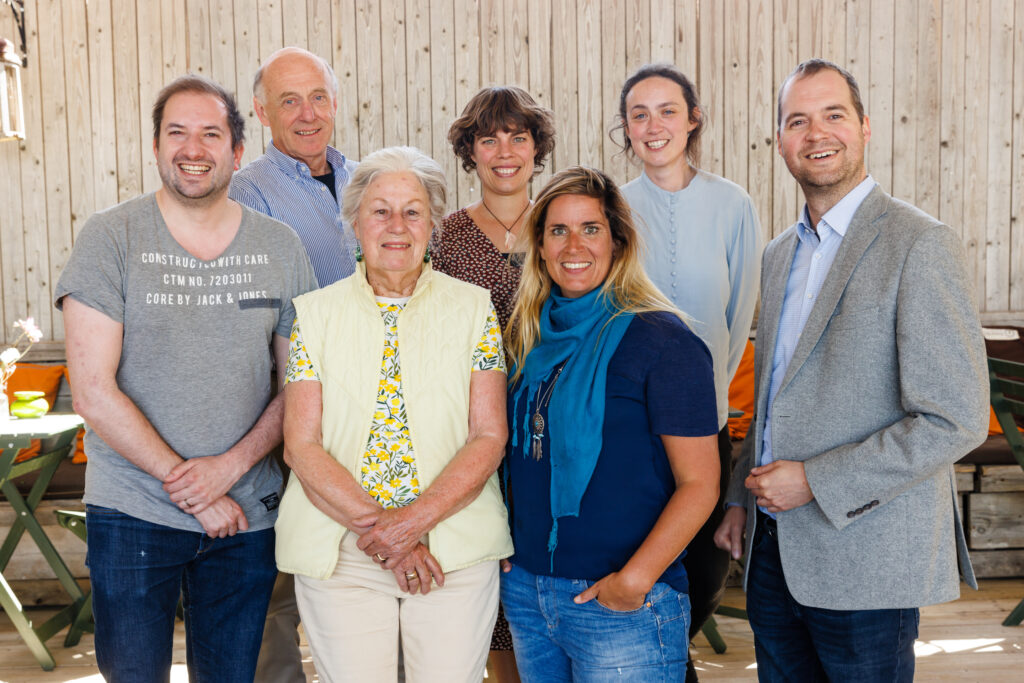By Willeke van Staalduinen, AFEdemy, Academy on Age-Friendly Environments in Europe B. V.
Interview with professor Joost van Hoof, chair Urban Ageing, The Hague University of Applied Sciences.

Why did you join the BIG project?
The Hague University of Applied Sciences (THUAS) was invited to join the project consortium for its knowledge on age-friendly cities and home modifications for older people. Being the Chair of Urban Ageing, working for the Faculty of Social Work and Education and the Centre of Expertise Health Innovation, and collaborating with researchers from the Faculty of Health, Nutrition and Sport, this multidisciplinary project felt right for us to join. The inclusive approach to the game was one of the attractive assets of the proposal right from the start.
What did you like most thus far in the project? Why?
In every step of the process there was something valuable for the team. For instance, working together with students on the development of the characters for the game and the exchange with international partners about inclusive environments in the different countries and for cultural settings. But what was really great was seeing the test version of the game for the first time. It was so well made, and the characters and environment were designed and drawn so beautifully. To see the result of the work we did together as an international team was very rewarding.
What is the most important thing you learned or take away from the project for you thus far? Why?
Especially working with the students showed the strength of the game for the team as a whole, even before it was designed. Students of the Minor Participatory Healthcare at THUAS were involved in the design of the characters and we involved people with a relevant disease or impairment in this process. Students really felt that having direct contact and conversations with people with a given disease or impairment while creating the characters opened their eyes regarding the experiences people face in their daily life. Being in touch with real end-users opens up new perspectives and helps reduce stigma. Including experiences of real people in the game, and following characters in their daily life and environment can make situations more relatable for people: “patients” lose their status as a patient and become ordinary human beings.
For me personally, I have learned quite a bit on the cultural and architectural differences between the countries, and the way public transportation and healthcare systems work and are designed. We spent a great deal of time and effort in in-depth discussions between the international partners in common up with a “greatest common denominator” in terms of the scenes, both in terms of the architecture and the problems our characters faced. In the end, our international team firmly believes that the game should be recognizable by all potential players in terms of challenges encountered and the look-and-feel of the built environment.
What are the next steps you will work on in the project?
We organised two workshops to test the game with future players and facilitators of the game. We are looking forward playing the game with people interested in the field of age-friendly environments, adult educators and adult learners and to learn how we can improve the game even further!